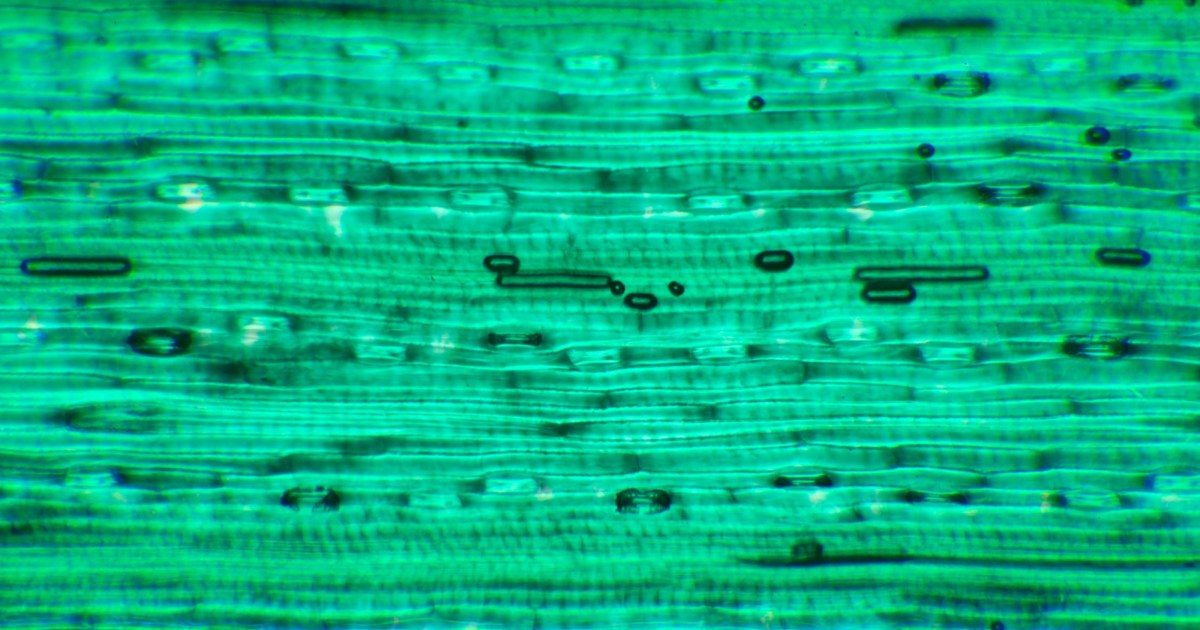if true would produce foxes and rabbits that could outrun a cheetah).

You ain't seen nothin yet
Let me show you something.
Do you know what a Bose-Einstein condensate is?
It is a special state of matter, often called a "fifth state of matter", usually observed near absolute zero temperature. All the nuclei adopt the same quantum state, you can describe the entire ensemble with a single wave function.

en.wikipedia.org
Well, it turns out, plants do this exact same thing when they photosynthesize - except they do it AT ROOM TEMPERATURE.
Plants pass energy along paths similar to those of a Bose-Einstein condensate, showing quantum properties at macroscopic scales.

bigthink.com
Plants do it enzymatically, on a tiny scale.
Where do you think IBM got its ideas for the 1000-qubit chip it just released?
Plants !
The chip works at room temperature, doesn't require liquid helium.
So think about the evolutionary niche that requires plants to turn sunlight into food.
This biochemical pathway is among the oldest and most highly conserved genetics we know of. It is also one of the most complex, using quantum tunneling and odd states of matter.
Photosynthesis is nearly 100% efficient. It would be impossibly difficult to attain this efficiency without quantum engagement. Furthermore the photosynthetic process has automatic gain control that keeps it from creating too much oxygen in high sunlight conditions.
Graham Fleming searches for answers in one of nature's "messiest" systems
kavlifoundation.org
If you look at the Calvin cycle, the molecules are all simple organic types commonly found in seawater.
Also interesting, is the non-photosynthetic light-energy conversion that occurs in aquatic bacteria, which is more closely related to the rhodopsins in the human eye.
Plants convert light into a form of energy that they can use—a molecule called adenosine triphosphate (ATP)—through photosynthesis. This is a complex process that also produces sugar, which the plant can use for energy later, and oxygen. Some bacteria that live in the light-exposed layers of...

phys.org






